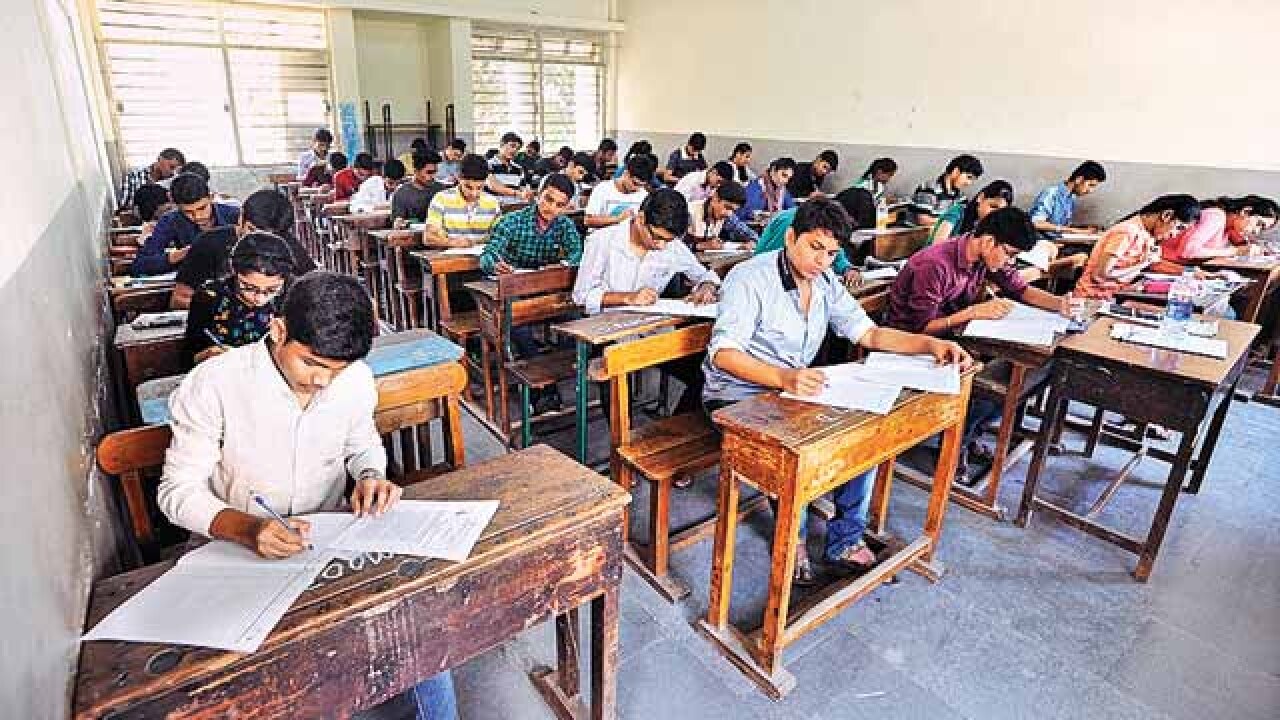
The five-member committee tasked to help the government evolve a new National Policy on Education has some interesting proposals for school education, but the reported suggestions for higher education hardly pass muster. It has suggested that the contentious UPA-era no-detention policy be partially lifted. Henceforth, students from Class VI and upwards will be held back if they cannot clear examinations. Fifteen state governments had pointed out that the no-detention policy had contributed towards falling learning outcomes. With students reaching Class IX not being able to cope with a pass-fail examination, this is indeed a sensible proposal. Some of the other suggestions like compulsory medical test for every child to ascertain physical fitness, offering difficult and easy variants of Class X board exams to help some students explore vocational training options, and remedial coaching for socially and educationally backward students are a reflection of Indian realities.
The policy will also reportedly suggest an emphasis on responsibilities, and not just rights, and India’s rich civilizational heritage. However, it is debatable whether school and college students are well aware of their constitutional rights or the salient elements of the Constitution. Students can become responsible citizens only when they have a better understanding of their rights, and not vice versa. In the higher education sector, the most promising suggestion is the BA-B.Ed integrated five-year course. This could help address the chronic shortage of quality teachers in secondary education. However, some of the other suggestions for higher education reveal the limitations of the five-member committee. It has mooted an all-India cadre for education services on the lines of the Indian Administrative Service. This will only serve to adding another layer of bureaucracy at universities and education ministries. Considering that four of the five members of the “evolution committee” were former IAS officers, the proposal is hardly surprising.
What Indian universities — both central and state — require is functional autonomy, which unfortunately neither the central or state governments are willing to grant. All universities today draw their senior administrative personnel from senior academicians and this is per se not a bad governance structure. The obsession with taking the administration of universities away from academicians and entrusting it to “managers” is also evident in the conclusion that the UGC-monitored National Assessment and Accreditation Council (NAAC) is not equipped to handle the current burden of quality assessment and rating. Instead, the committee has reportedly suggested that the Centre train auditors to review the quality and infrastructure of all institutions every three years. Currently, senior and retired professors are part of NAAC teams that conduct quality assessment. It is unclear how auditors can do a better job than academicians in this field. There are 700 universities and over 37,000 colleges and the NAAC has finished rating only 4,000 or so higher educational institutions until 2015. Perhaps, the NAAC should constitute more teams to ramp up its performance. But entrusting the task of audit to auditors is a misconstrued idea.
The committee has also suggested that foreign universities be allowed to set up campuses in India. The opposition to foreign universities is ideological and now with private universities mushrooming around the country, there is no reason to keep foreign universities out. The proposed National Education Policy must focus on online education and its potential to reach out to a larger number of aspirants than physical universities. In this new educational ecosystem that is evolving through online courses, the future of physical universities will be tied to their ability to update syllabi, blend online and on-campus courses, and harness multimedia teaching platforms.
Ultimately, a national education policy must also be acceptable to the state governments and the teaching and student community. Some of the suggestions for higher education will only set the stage for more conflict. The consultative process set in motion by the committee should be revived before the policy is finalised.